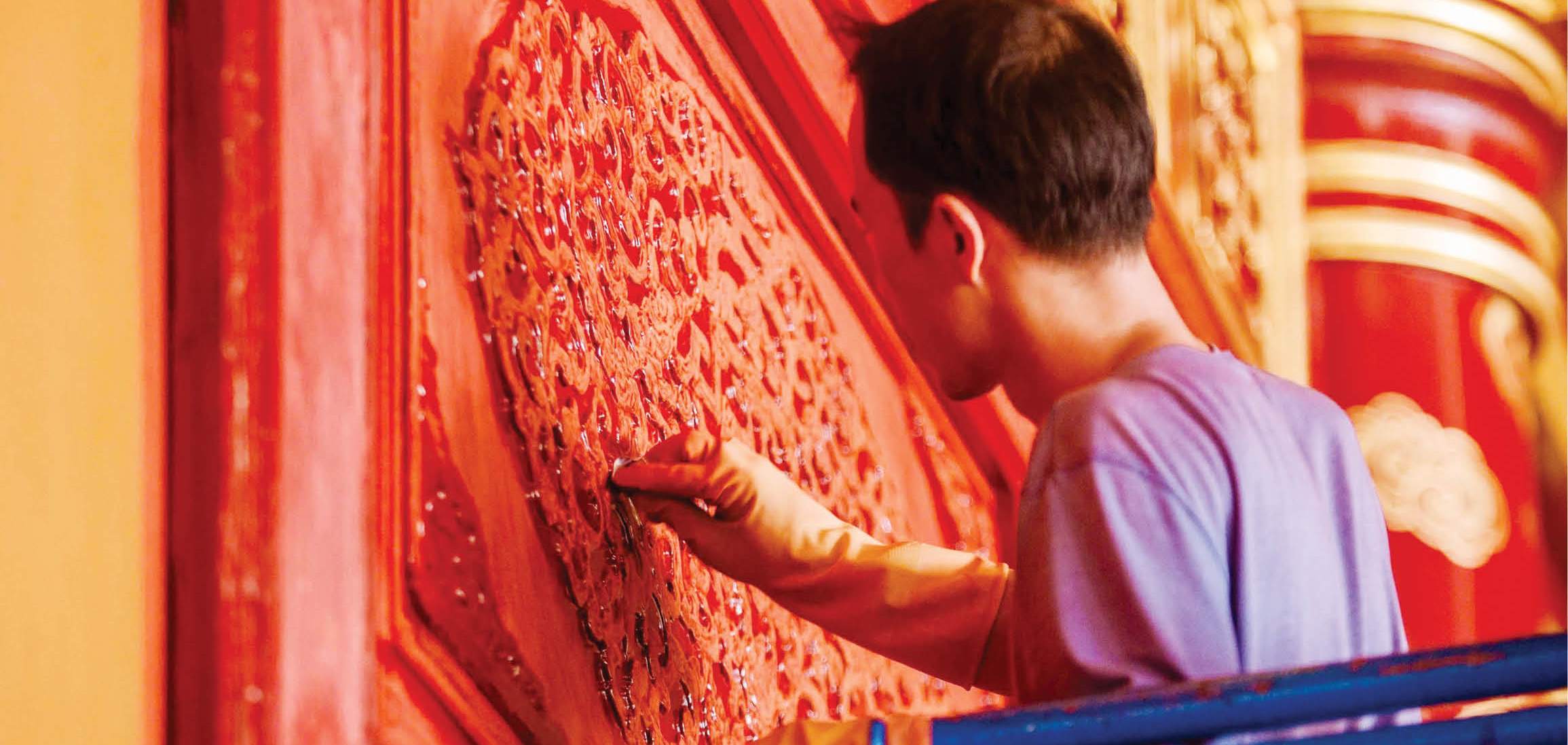 |
| Hue is the cradle of artisans with "golden hands" |
Preserve to revive
As the only locality in Vietnam that owns 8 cultural heritages recognized by UNESCO, the ancient capital of Hue possesses a huge treasure of tangible and intangible heritages. Since 1993, when the Complex of Hue Monuments was recognized by UNESCO as a World Cultural Heritage, Hue has embarked on building a long-term plan. The project "Planning, preserving and promoting the value of Hue Monuments" has been continuously adjusted, from the period of 1996 - 2010, lasting until 2020 and is continuing to be implemented until 2030, with a vision to 2050.
On that journey, the Hue Monuments Conservation Center plays a pivotal role. With tireless efforts, both researching and restoring, and constantly innovating to make the heritage more vivid and closer to contemporary life.
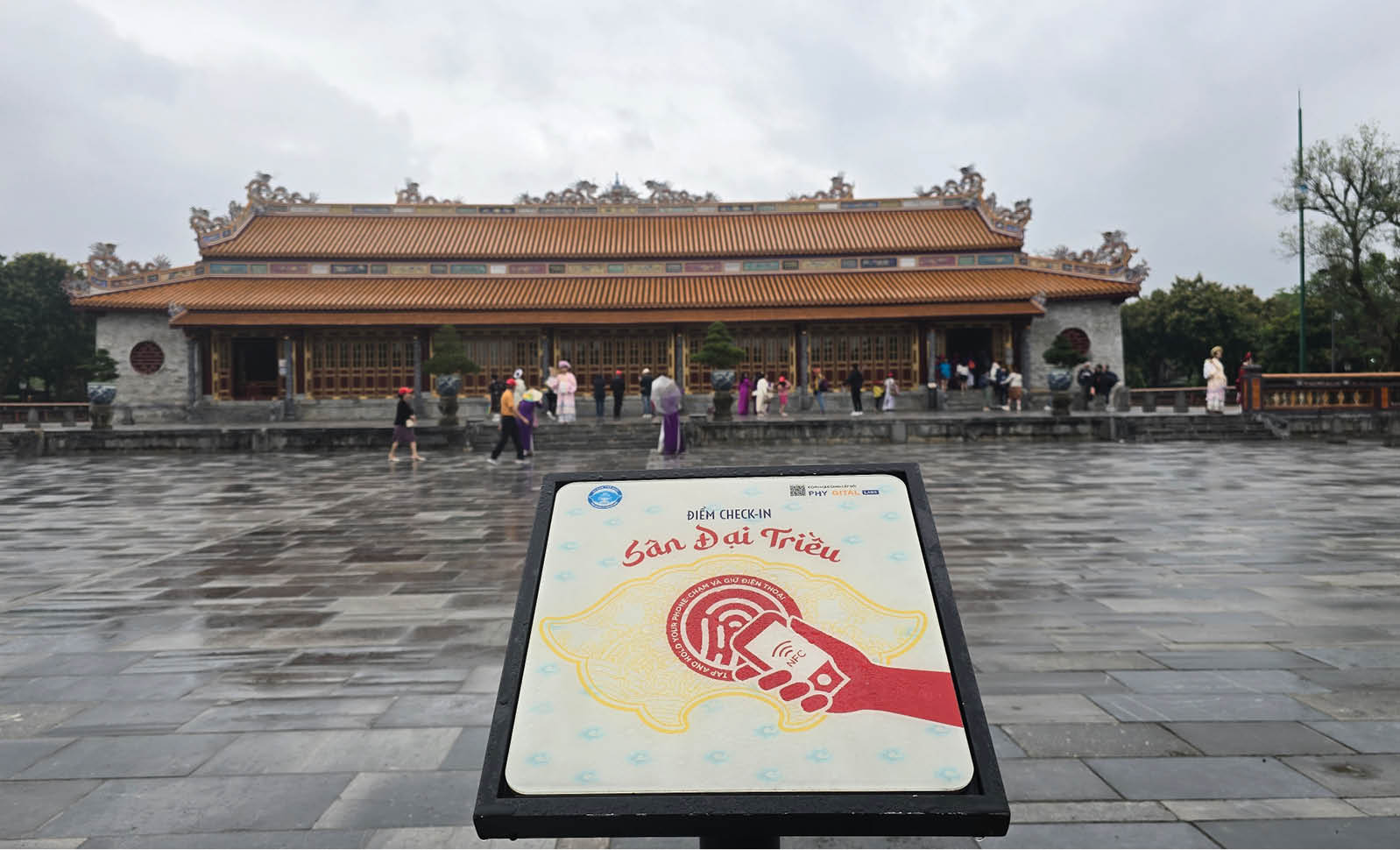 |
| TapQuest smart interactive stations will cover the Hue Monuments Complex in 2025 |
In the intangible field, Hue has continuously invested in depth in conservation work. In 2022, the completion of the digital database on Hue Royal Tuong has created an important foundation for research and training. Valuable scripts, audio and video recordings have been systematically systematized and digitized. Typical pieces of royal music, Tuong, court dance and traditional rituals have also been collected and scientifically documented. Dozens of dossiers have been built, including two provincial-level dossiers on Hue Royal Tuong and Nha Nhac, demonstrating the investment and determination to preserve the precious heritage of our ancestors.
In particular, the restoration of royal ceremonies such as Nam Giao and Xa Tac ceremonies, performances at Duyet Thi Duong Theater, Ngo Mon Gate, Thai Hoa Palace yard... not only helps recreate the ancient royal cultural picture but also brings the heritage closer to the public and tourists.
Director of the Hue Monuments Conservation Center, Mr. Hoang Viet Trung informed: Up to now, the Center has collected 41 royal court music pieces, restored and performed 17 Ca Chuong pieces in the Nam Giao and Xa Tac ceremonies; built 22 scientific dossiers on royal court music, Tuong and dance; brought Hue royal court music to perform and promote in 9 countries. Nearly 15 Hue Festivals have continuously featured royal court performances, affirming Hue's unique position in the flow of national culture. In addition, the Center is researching and establishing a project to digitize the royal court music system, restoring the method of dubbing Hue pieces - a unique traditional musical notation technique.
Heritage is the driving force for development
Hue is gradually shaping an economic model based on heritage values. Tourists coming to Hue not only visit the Imperial City and mausoleums, but also live in the heritage space: listening to royal music, watching royal plays, enjoying cuisine, exploring craft villages... Heritage is activated to create livelihoods for people, enrich tourism products, thereby spreading cultural values.
Preserving heritage in the digital age cannot be without technology. Hue is one of the pioneering localities in this field, with many projects applying digital technology to preserving, displaying and promoting heritage. From the end of 2022, the electronic ticket system will be applied at all relic sites, helping to simplify procedures, improve visitor experience and facilitate cashless payments. Mobile applications for directions in the Imperial City, automatic QR code interpretation devices, wifi systems integrated with surveillance cameras, AI recognition software, etc. have created a technology network that effectively supports management and service.
Digitizing relics with 360-degree technology and virtual reality (VR, XR) has created a vivid journey of discovery. Locations such as Hue Citadel, Tang Tho Tower, Temple of Literature... are integrated with digital data, 3D maps, telling cultural stories through each check-in journey. "This is not just an experience, but a way to revive past memories with modern technology", said Deputy Chief of Office of Hue Monuments Conservation Center Vo Quang Huy.
In the field of antiquities conservation, Hue is pioneering the application of NFC chips and blockchain to identify, authenticate and display antiquities in digital space. Nguyen Dynasty antiquities are not only safely protected but can also be accessed from anywhere via the metaverse platform MuseeHue.vn - a "virtual museum" that is attracting young people. Not stopping there, the project "De Do Khao Co Ky", with the model of blindbox arttoy, has turned symbols of Hue heritage into cultural figures close to Gen Z. Each product is a historical story told in visual language, contributing to spreading the love of heritage to young people.
Hue is also the first locality to deploy TapQuest smart interactive station technology at relic sites, allowing to record presence and suggest suitable experiences. It is expected that in 2025, 140 TapQuest stations will cover the Complex of Hue Monuments.
"Heritage is a valuable 'soft resource' that Hue possesses. Preserving it is not to keep it, but to live with it, to resonate with contemporary life, to add strength to sustainable development," said Mr. Hoang Viet Trung.
Source: https://huengaynay.vn/van-hoa-nghe-thuat/giu-hon-xua-cho-hue-154265.html











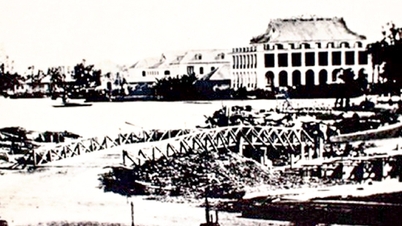
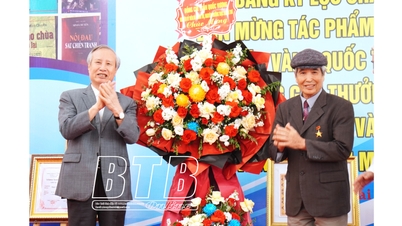









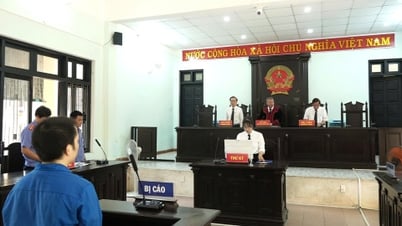




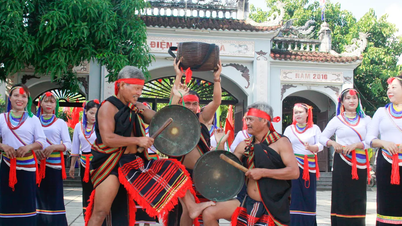

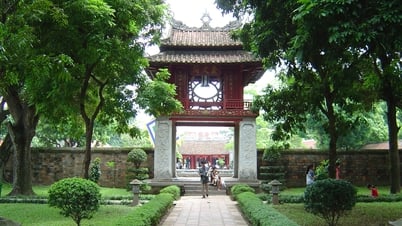

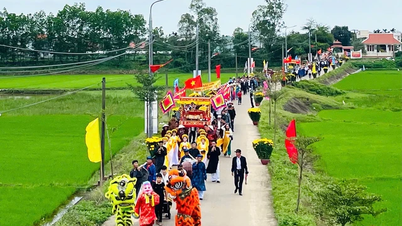





















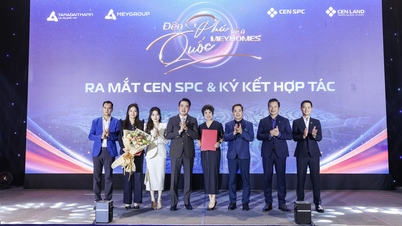




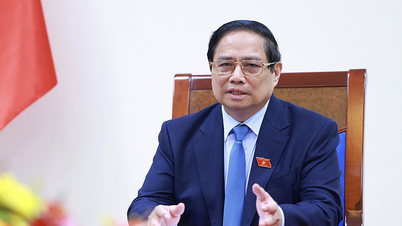

















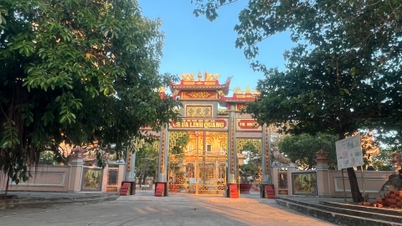




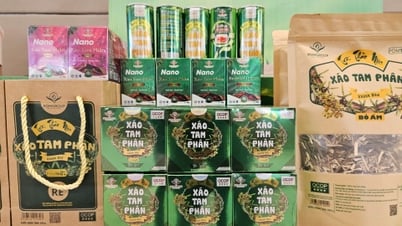




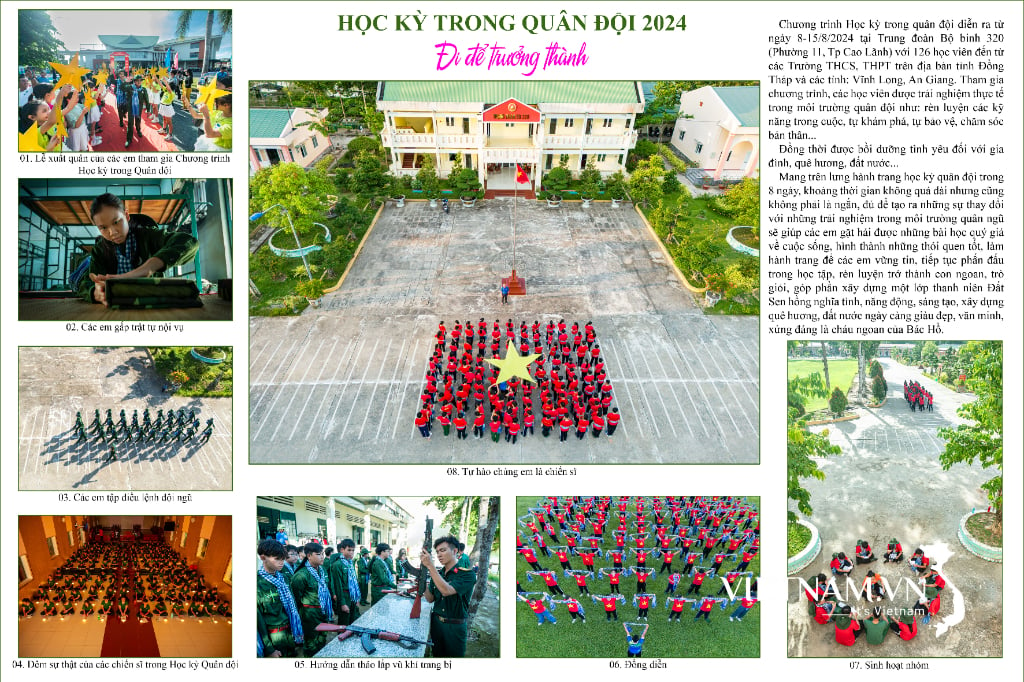
Comment (0)